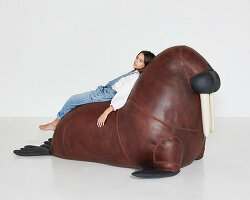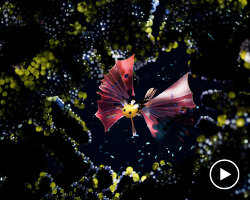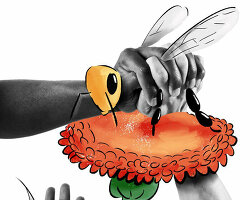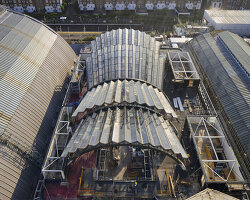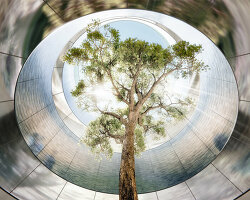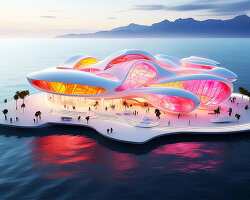
KEEP UP WITH OUR DAILY AND WEEKLY NEWSLETTERS
happening now! croatian furniture company prostoria stands as an example of a different and more traditional approach based on the evolution from the local factuality of all actors involved in the production process. explore prostoria on designboom!
PRODUCT LIBRARY
in an interview with designboom, es devlin speaks about her BMW-commission multimedia works, surfacing (2024) and surfacing II (2024).
to mark the opening of their exhibition at LUMA arles, DRIFT staged a dreamy drone performance tracing the movement in van gogh's paintings.
the 20th BMW art car by artist julie mehretu will compete at the 24 hours of le mans endurance race in june 2024.
connections: +1110
'if you're looking to artists to change the world, I think you're probably looking in the wrong place,' the british conceptual artist says in a video interview by louisiana channel.
connections: +130













